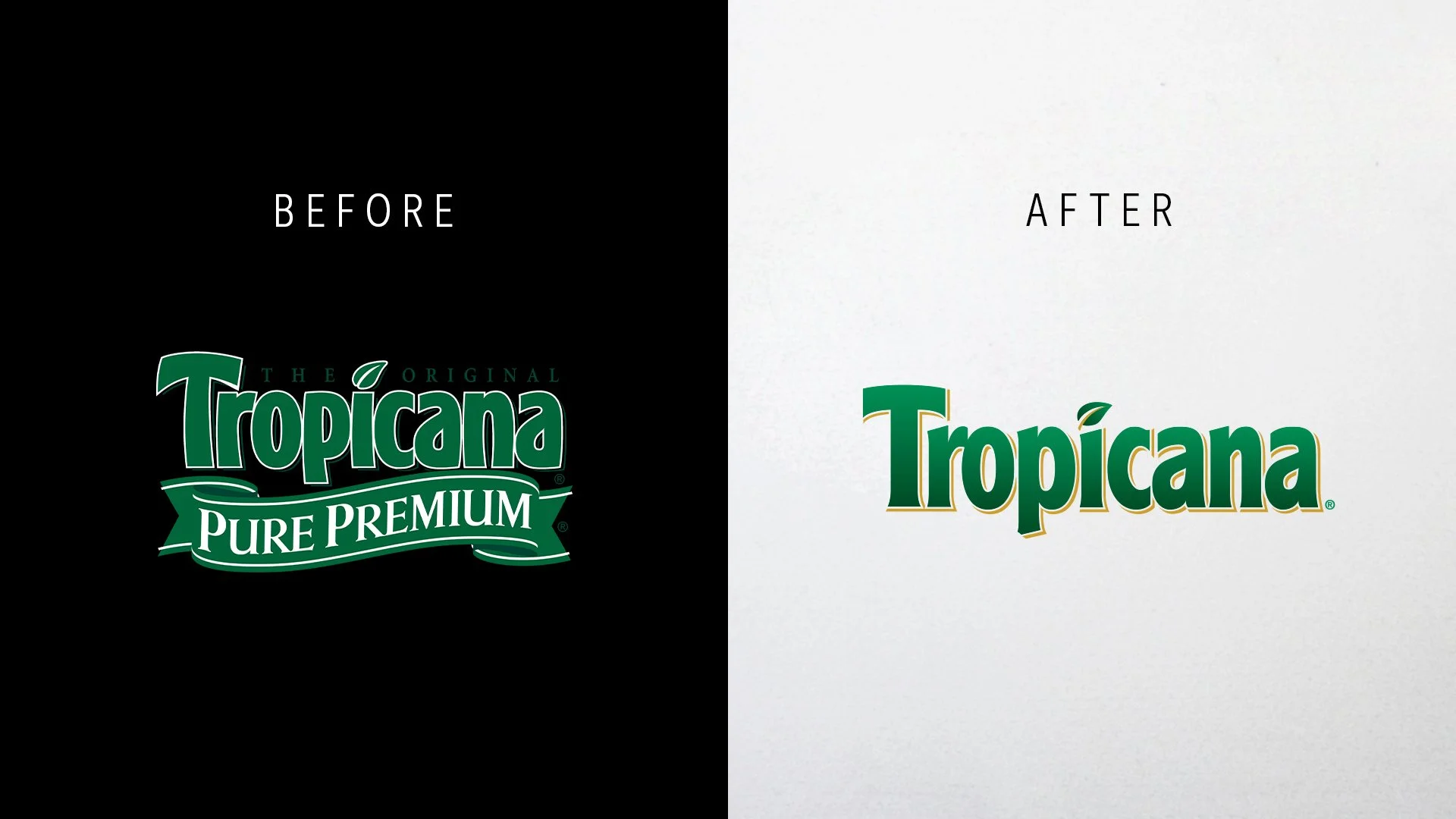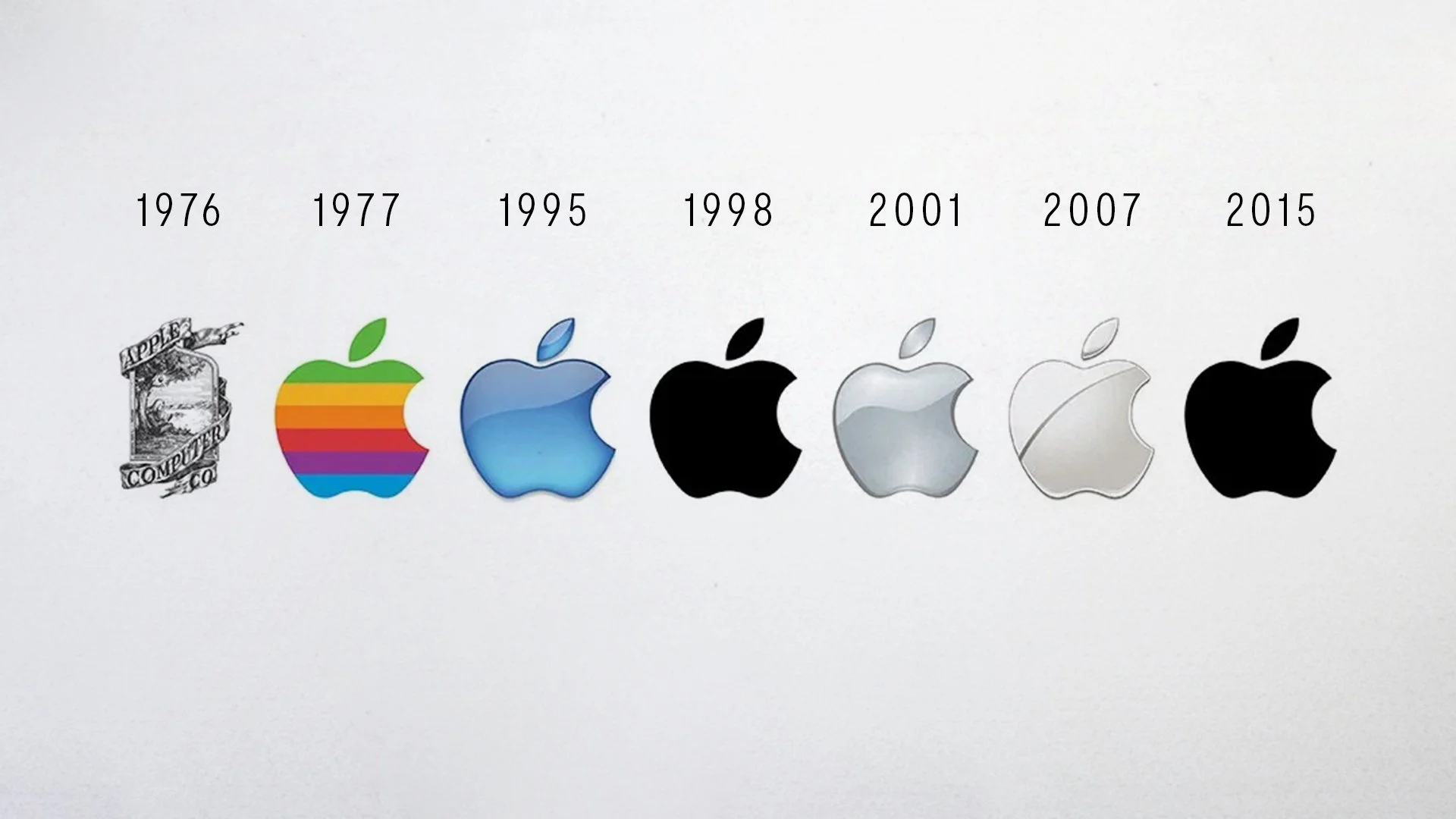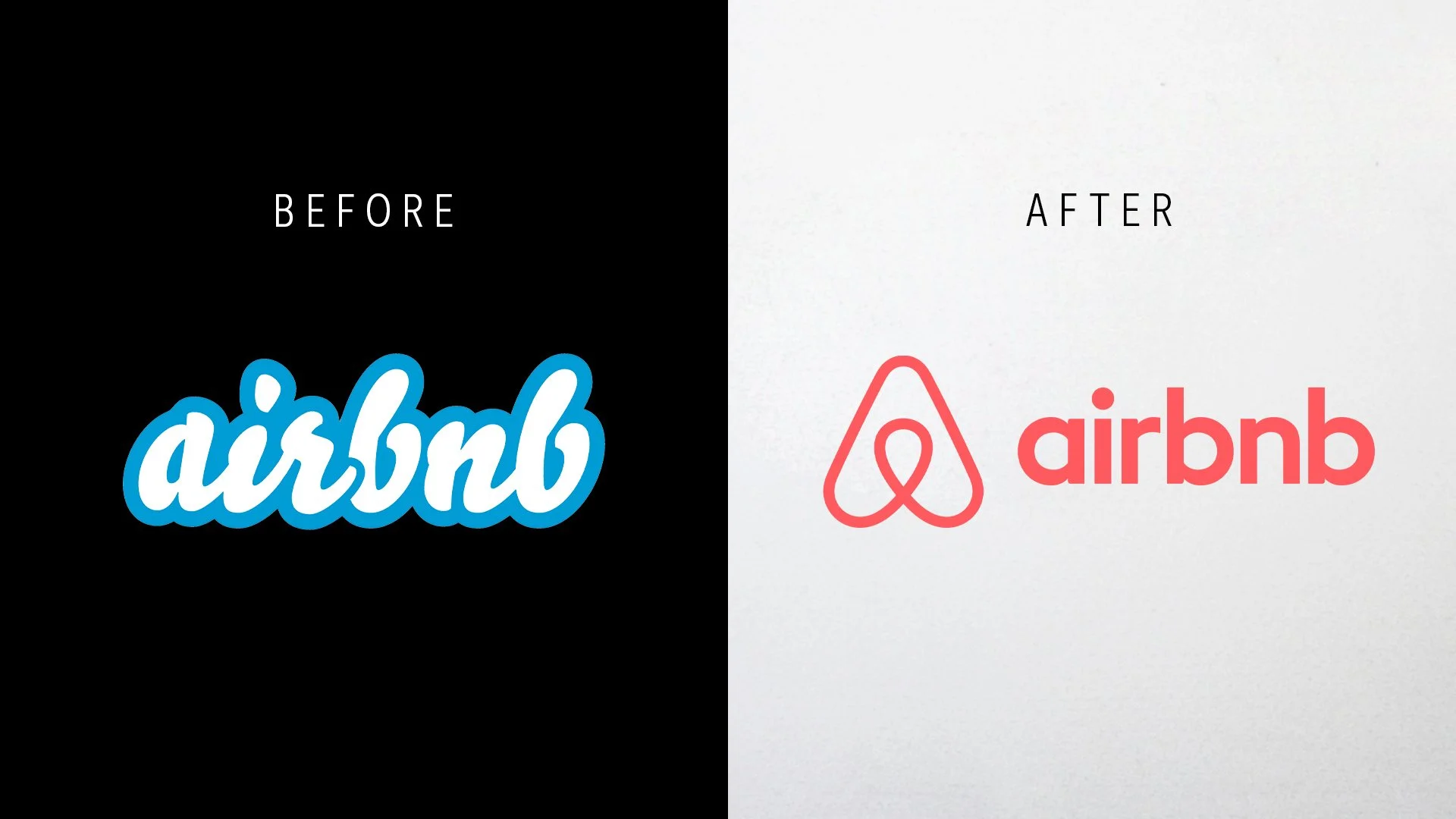The Cost of Poor Branding: How Design Impacts Business Growth
Why Branding Matters More Than You Think
Many businesses underestimate the impact of having a strong brand identity. Design is not just about “aesthetics” — it’s the first impression, the promise of value, and the consistency that builds trust. Poor branding strategy can hold back growth, while professional design drives recognition and sales.
The Cost of Poor Branding
Market confusion: customers don’t clearly understand what the brand offers.
Loss of credibility: an unprofessional logo creates distrust.
Low recall: if your brand lacks consistency, it won’t stay top of mind.
Direct sales impact: studies show that weak branding can reduce conversion rates by up to 30%.
Real-World Cases: When Design Makes or Breaks a Business
Negative Case: Gap (2010)
Gap attempted to replace its iconic logo with a minimalist redesign, and the backlash was immediate. The community rejected the new look so strongly that the company reverted to the original logo in just 6 days, losing millions of dollars in design, repositioning, and credibility costs.
Negative Case: Tropicana (2009)
Juice brand Tropicana redesigned its packaging with a sleek, modern look, but in the process, it lost its recognizable visual identity. The result? A 20% drop in sales (around $30 million) in less than two months.
Jaguar
Positive Case: Apple
In the 1990s, Apple was in crisis. The return of Steve Jobs brought not just technological innovation but also a brand and visual repositioning, from the clean monochrome logo to the iconic Think Different campaign. Today, Apple is a textbook example of how a clear and consistent identity can elevate a company into a premium global brand.
Positive Case: Airbnb
Before 2014, Airbnb lacked a strong visual identity. That changed with the launch of its “Bélo” logo and a brand redesign centered around belonging and community. The new identity created an emotional connection with users, transforming Airbnb from a scrappy startup into one of the most influential players in the global travel industry.
The Controversial Jaguar Rebrand
In November 2024, Jaguar unveiled a radical transformation of its visual identity, signaling its repositioning as a luxury, fully electric brand by 2026.
The result split opinions:
For some, the new logo represents modernity and reflects the brand’s electric future.
For others, it lost strength, dynamism, and the character that once made it so recognizable.
What Changed
Logo: The iconic “growler” (leaper) emblem was retired and replaced with a minimalist wordmark, using a mix of upper- and lowercase letters (JaGUar).
Visual philosophy: Defined as “Exuberant Modernism,” the new system incorporates geometric monograms, strikethrough elements, and a vibrant palette of yellow, red, and blue.
Campaign: The teaser was launched without showing any cars. Instead, it leaned on abstract visuals, diverse models, and slogans like “Copy Nothing,” “Delete Ordinary,” and “Live Vivid.”
Reception
The reaction was highly polarized:
Critics such as Elon Musk and Nigel Farage dismissed it harshly.
Others praised it as “advertising genius.”
Branding experts questioned whether removing iconic elements meant destroying the brand’s emotional and mental equity.
The Key Question
How far should a rebrand go in breaking from visual heritage to project the future?
Or should it instead find a balance between tradition and evolution?
How to Avoid the Cost of Poor Branding
Invest in strategic design, not just aesthetics.
Ensure visual consistency across all touchpoints.
Conduct market research before launching a rebrand.
Measure the impact of branding on sales, engagement, and loyalty.
Branding is more than just a logo; it’s the narrative that sustains your business growth. A poor design decision can cost millions, while a strong brand strategy can open new markets and build lasting loyalty.






